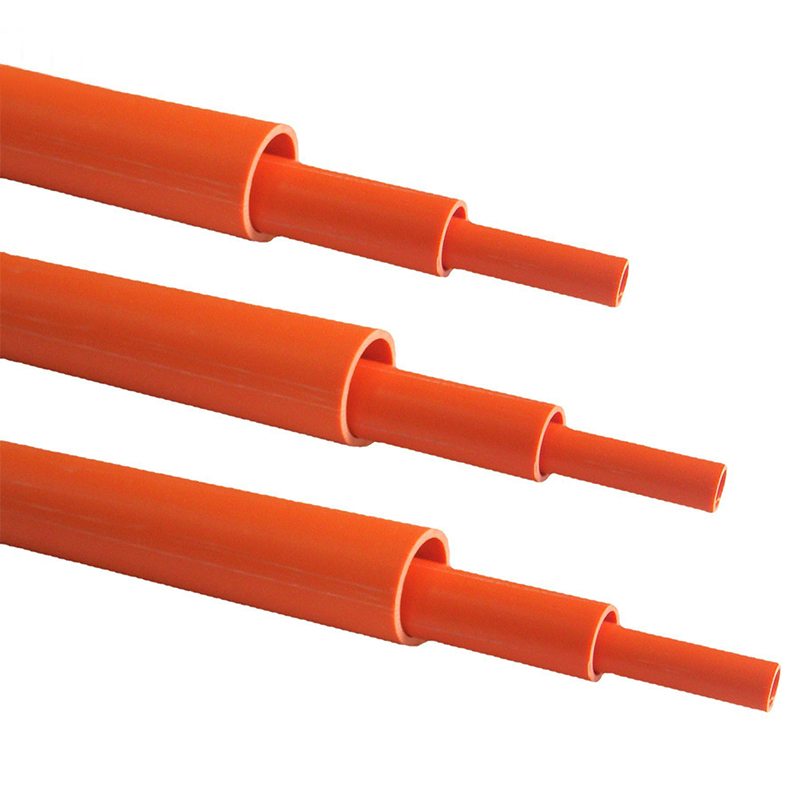Waterproof nylon cable connectors, commonly used in outdoor or wet environments, are designed to provide protection against moisture and ensure the integrity of electrical connections. While these connectors are built to withstand harsh conditions, it's advisable to conduct periodic inspections and maintenance to ensure their continued effectiveness and prevent potential issues. Here are some guidelines for maintaining waterproof nylon cable connectors:
1. Regular Inspections:
Conduct visual inspections of the connectors regularly to check for any signs of damage, wear, or degradation. Look for cracks, tears, or distortions in the nylon material.
2. Check Seals and Gaskets:
Inspect the seals and gaskets of the connectors for any visible damage or deterioration. These components are critical for maintaining the waterproof integrity of the connection.
3. Verify Tightness:
Ensure that the connectors are properly tightened. Loose connections can compromise the effectiveness of the waterproofing features. Use the appropriate tools to secure the connectors to the recommended torque.
4. Clean Connections:
Periodically clean the connectors to remove dirt, debris, or any substances that might accumulate on the surfaces. Use a gentle cleaning solution if necessary, and ensure that the connectors are thoroughly dry before reassembly.
5. Inspect Electrical Contacts:
Check the electrical contacts inside the connectors for any signs of corrosion or oxidation. Clean the contacts with an appropriate contact cleaner if needed.
6. Environmental Considerations:
Take into account the specific environmental conditions where the connectors are installed. If the area is prone to extreme temperatures, exposure to UV radiation, or other factors, choose connectors designed to withstand those conditions.
7. Follow Manufacturer Guidelines:
Adhere to the manufacturer's guidelines and recommendations for maintenance. Manufacturers often provide specific instructions on cleaning, tightening, and inspecting their products.
8. Replace Damaged Parts:
If any component of the connector, such as seals, gaskets, or other critical parts, is damaged or compromised, replace it promptly. Using damaged connectors may lead to water ingress and electrical issues.
9. Reapply Sealant if Necessary:
Some waterproof connectors may include sealant or lubricant as part of their design. If the sealant appears to be wearing off or losing effectiveness, reapply it according to the manufacturer's instructions.
10. Document Inspections:
Keep a record of your inspection dates and any maintenance performed. This documentation can help establish a regular maintenance schedule and provide a reference in case of issues.
11. Consider Environmental Changes:
If there are significant changes in the environment, such as increased exposure to water, chemicals, or physical stress, reassess the suitability of the connectors and consider upgrading if necessary.
12. Professional Inspection:
In some cases, especially for critical applications, it may be advisable to have a professional electrician or technician conduct periodic inspections.
By incorporating regular inspections and maintenance into your routine, you can help ensure the reliability and longevity of waterproof nylon cable connectors in demanding environments. Following manufacturer guidelines and promptly addressing any issues will contribute to the effectiveness of these connectors in protecting electrical connections from moisture and environmental factors.
 Abroad:
Abroad: Abroad: +86-18157471290
Domestic: +86-18157471293
Abroad: +86-18157471290
Domestic: +86-18157471293
